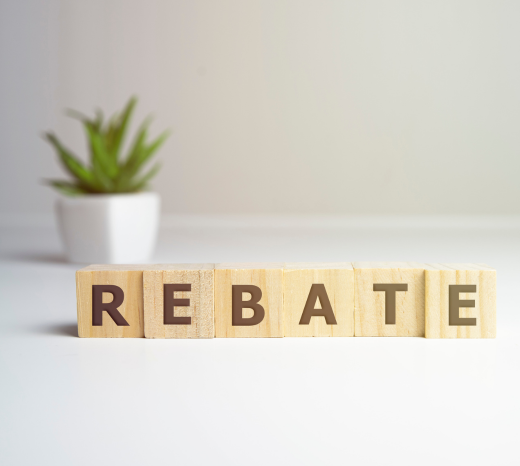Annual furnace tune-ups help prevent your furnace from running inefficiently and even breaking down, it is also a good opportunity to ensure there a...
Annual furnace tune-ups help prevent your furnace from running inefficiently and even breaking down, it is also a good opportunity to ensure there are no harmful carbon dioxide gasses escaping your furnace into your home.
Because furnaces can last up to 25 years (with proper maintenance), many Albertans are still using older gas-powered units to heat their homes. Burning gas in these units emits exhaust containing carbon monoxide, which normally is safely transported out of your home through the furnace exhaust. But, furnace damages could risk carbon monoxide leaks in your home, impacting your health and safety.
Today, we’re going to look at how your furnace uses gas, the issues you can detect if you have a carbon monoxide leak, and how you can protect yourself and your family from this issue ever happening.
If you believe your home has a carbon monoxide leak, leave immediately and contact your emergency services. They are trained to treat the effects of carbon monoxide poisoning and find the source of the leak.
How Your Furnace Uses Gas
Without going into too much detail about how a furnace works (which you can learn more about by clicking here), there are a couple of key points where gas is involved in your home’s heating.
- Natural gas is sent to the burners as soon as you turn the heat on.
- These burners ignite into a controlled blue flame that heats your heat exchanger.
- The fumes from the flames are then transported out through the exhaust.
Our technicians follow a highly detailed 50 point checklist during your tune-up, ensuring your furnace works safely and efficiently.
Part of this process includes looking for issues that could lead to carbon monoxide leaks. Some of these issues could include:
- Obstructions in your chimney like bird nests or dead animals
- Corrosion in your ducts and exhaust systems
- Cracks or damage to the heat exchanger
However, if you aren’t a trained HVAC technician, it will be hard for you to know if your furnace has these issues. In this case, you could look for other signs that could indicate a carbon monoxide leak:
- Soot or brown/yellow stains around your heat exchanger or flue
- Stale, stuffy air
- A burning or overheating smell
Symptoms of Carbon Monoxide Poisoning
In a worst-case scenario, you may experience symptoms of carbon monoxide poisoning before you notice other issues in your home. Some of the most common symptoms of carbon monoxide poisoning include:
- Dizziness
- Confusion
- Flu-like symptoms
- Stomach aches
- Ringing in the ears
- Difficulty breathing
- Tension headaches
These symptoms can start seeming mild at first, especially with low-level exposure, but they will worsen over time. If you are exposed long enough, you could experience heart complications or even lose consciousness.
Avoiding Possible Carbon Monoxide Leaks

Book Annual Furnace Tune-Ups
The absolute best way to protect you and your home from carbon monoxide leaks is to make sure you are having annual furnace tune-ups.
During a furnace tune-up, our technicians look for all the possible signs of damage, including those that could cause a carbon monoxide leak.
Replace Your Furnace Filter Regularly
A lot of potential furnace problems can be prevented by simply replacing your furnace filter regularly. As a member of our Total Comfort Club, when you book a furnace tune-up with Action Furnace we replace your old filter and provide you with a year’s supply.
As a general rule, replace your furnace filter once every 90 days (depending on the type of filter) to ensure your furnace is free of dust that could lead to expensive repairs.
Use Carbon Monoxide Detectors
Another way to protect yourself is by installing carbon monoxide detectors in your home. Carbon monoxide is an odourless gas, and unless you notice physical symptoms or spot furnace damage, it can be tough to know if you have a leak in your home.
Carbon monoxide detectors should be installed in the same room as any fuel-burning appliances, including furnaces and stoves. Always make sure your detectors have fully-charged batteries so you never have to worry if they are working properly.
Call Our Team Today
You should never have to worry if your home comfort systems are safe to run. Contact our team today for a tune-up and protect your home and your family from the dangers of poorly maintained HVAC systems.



